Planning Pays Off: 5 Strategies to Get the Most Out of Your Delivery Speed Choice
January 3, 2025
5 min read
The Rising Importance of B2B Shipping in the Global Supply Chain
B2B shipping is different from individual consumer shipping. It is more complex and follows a challenging process. B2B shipping involves meeting diverse customer needs with bulk shipments under strict deadlines. Businesses optimize their shipping process to achieve better outcomes and maintain strong client relationships.
This blog deals with practical tips for optimizing your B2B shipping process using effective strategies and dependable B2B shipping services.
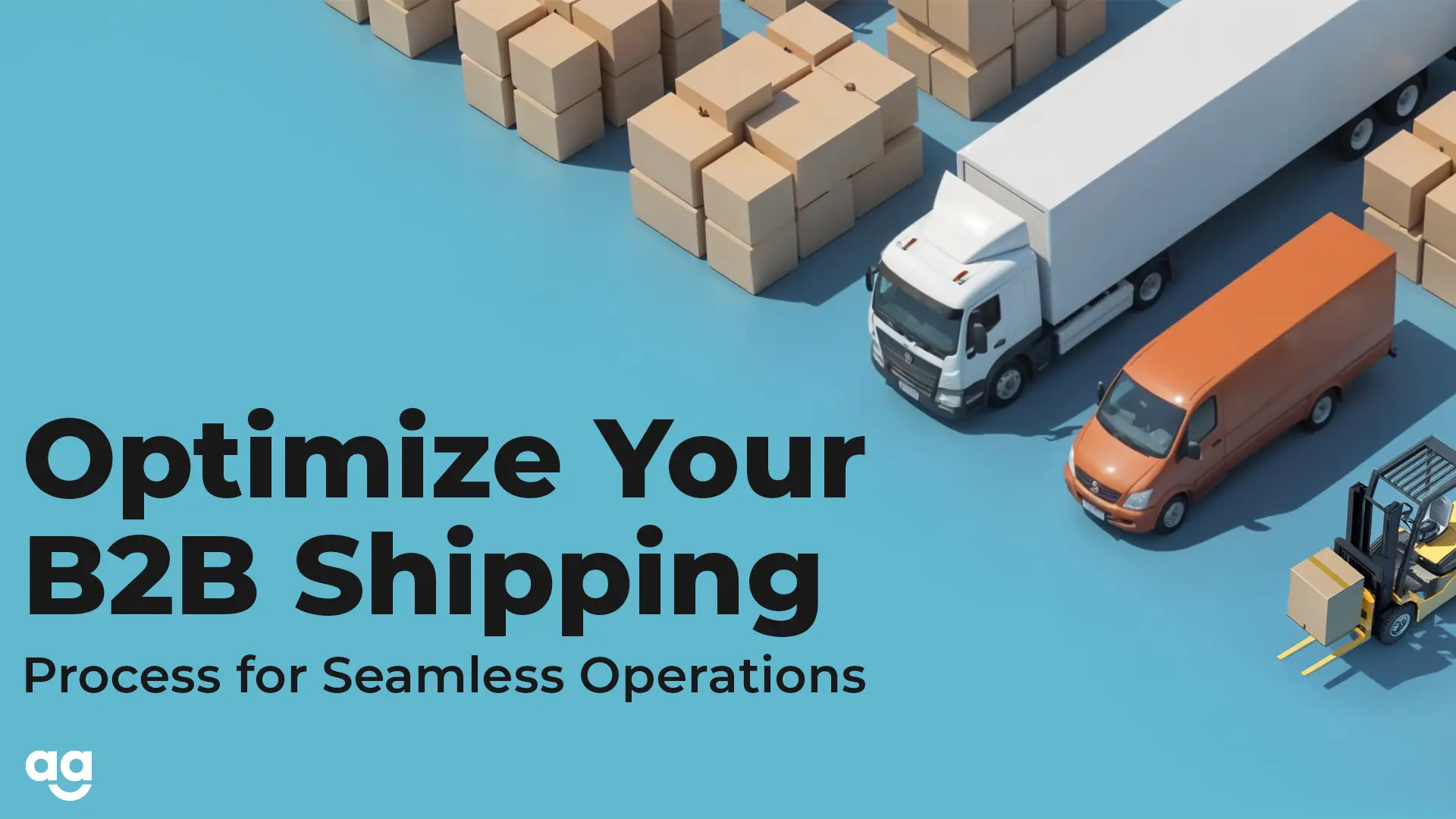
Why B2B Shipping Optimization Matters
An efficient shipping process significantly influences business operations. Delays or poor shipping practices harm the reputation and reduce the profits of the organizations. By optimizing B2B shipping, you can:
- Reduce delivery delays
- Improve cost efficiency
- Build trust with business partners
- Streamline operations for higher productivity
Choosing the right B2B shipping services helps businesses grow distinctively in the competitive market.
Best Practices for Optimizing Your B2B Shipping
Select the Right Shipping Partner
Your shipping partner should align with your business’s unique needs.
Shipping speed: Ensure the service meets your delivery timelines.
Coverage area: Choose a provider that handles both domestic and international destinations.
Cost-effectiveness: Balance competitive pricing with reliable service.
Tracking systems: Opt for a provider offering real-time tracking for improved visibility.
A dependable shipping partner ensures your B2B process runs efficiently and meets customer expectations.
Automate and Streamline Operations
Manual shipping processes often slow operations and introduce errors. Automation can save time and improve accuracy:
Software integration: Use shipping management software to simplify order fulfillment, inventory tracking, and invoicing.
Automatic updates: Implement systems that provide real-time inventory updates and customer notifications.
Error reduction: Automation minimizes human errors, especially in high-volume environments.
Streamlined automation boosts efficiency and improves the overall shipping experience.
Optimize Packaging to Save Costs
Packaging plays a dual role in protecting goods and influencing shipping costs.
Standard-sized boxes: Reduce material costs and improve space utilization.
Lightweight materials: Avoid extra-weight charges by using lightweight packaging.
Efficient packing: Minimize unused space without compromising product safety.
Efficient packaging reduces expenses while ensuring products arrive intact.
Implement a Multiple-Carrier Shipping Strategy
Depending on a single carrier can restrict flexibility. A multi-carrier strategy allows you to adapt based on shipment needs:
Cost optimization: Choose carriers offering the best rates for specific shipments.
Flexibility: Use different carriers for urgent or unique deliveries.
Risk diversification: Avoid disruptions by having alternatives if one carrier fails.
This approach improves customer satisfaction by providing reliability at lower costs.
Track and Assess Performance
Tracking performance metrics helps identify inefficiencies and improve processes. Key metrics include:
On-time delivery rate: Ensure shipments reach destinations as promised.
Cost per shipment: Analyze costs to identify savings opportunities.
Customer feedback: Gather input to refine your shipping strategy.
Regular examination lets you make data-driven adjustments for optimal results.
Effectiveness of the Warehouse
A well-organized warehouse is necessary for faster shipping. Consider these tips:
Inventory management: Use systems to track stock levels and avoid delays.
Warehouse layout: Arrange frequently shipped items for quick access.
An organized warehouse ensures that orders are processed quickly and correctly.
Smooth B2B Shipping, Seamless Success
Every business needs a B2B shipping process for smooth operation and improving customer satisfaction.
It is a logistical need and a strategic advantage to optimize the B2B shipping process. With B2B shipping services, Businesses can stand apart more competitively by leveraging technology, selecting trusted partners, and focusing on consolidation.
Partner with efficient B2B shipping services today with Shipyaari, and see the difference in your business operations and customer satisfaction.
Sign up today to Optimize your B2B shipping services with Shipyaari!
Frequently Asked Questions
Complex supply chains, customs regulations that are not cost-friendly, high transportation costs, and limited visibility are some factors that challenge ongoing B2B shipping.
Consider carrier expertise, service offerings, pricing, and track record while selecting a shipping partner.
Technology can streamline processes, improve visibility, and reduce costs. The proper use of shipping management software, real-time tracking, and automation optimization of operations.
Effective B2B shipping will give businesses a greater competitive edge, save costs, boost customer satisfaction, and shorten time to market.
Suggested Reads
Hyperlocal Personalization: Tailoring Experiences for Local Customers
Introduction The eCommerce industry in India has witnessed a rapid growth of hyperlocal services in
Continue ReadingDec






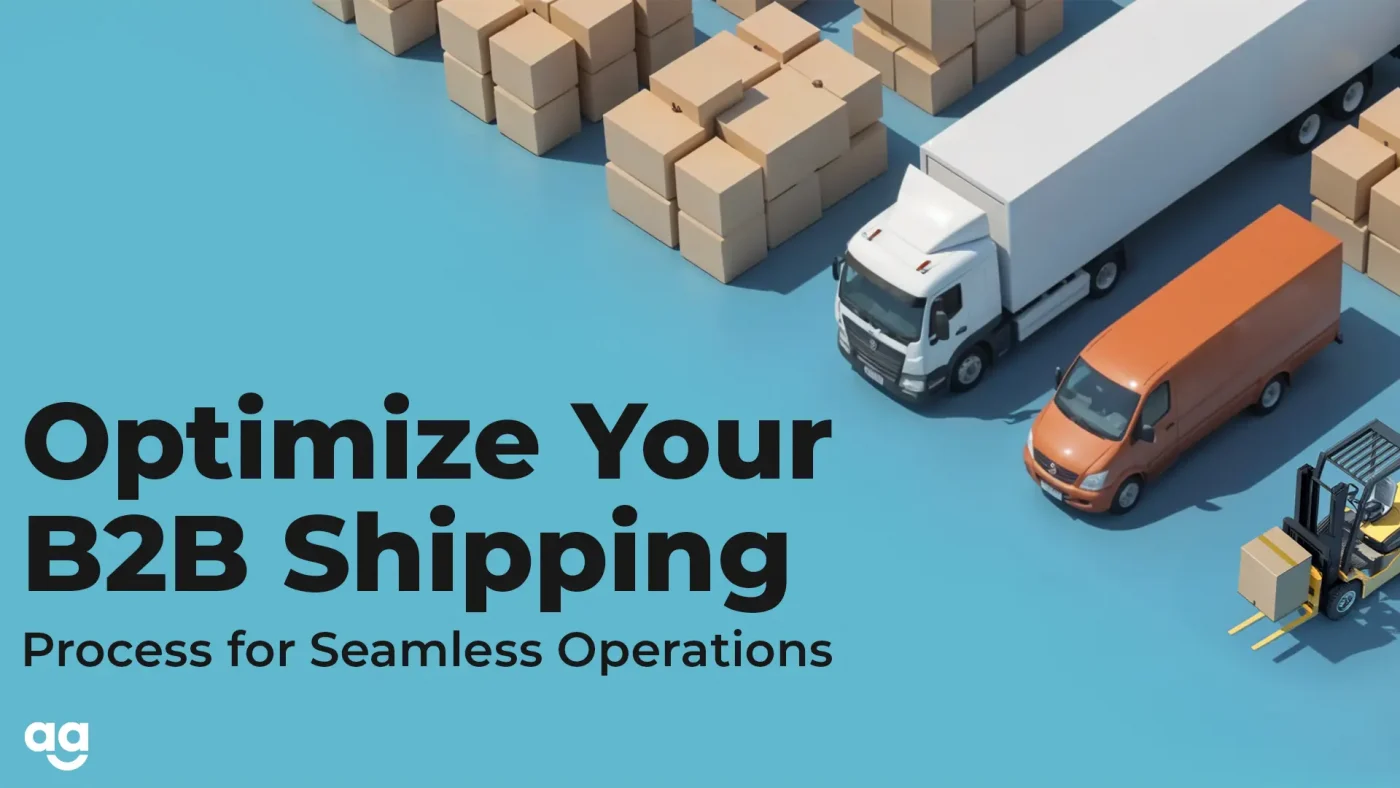



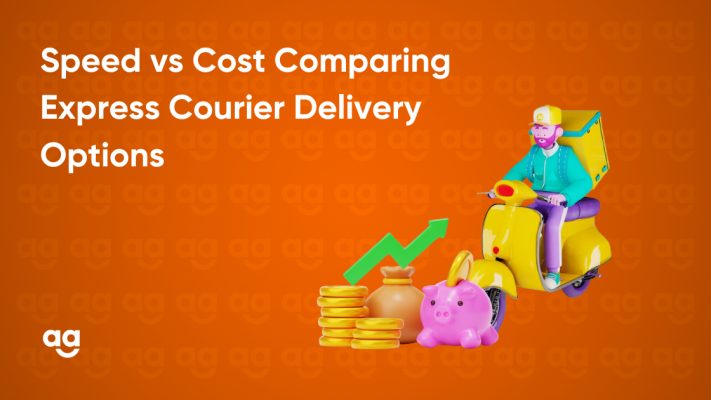


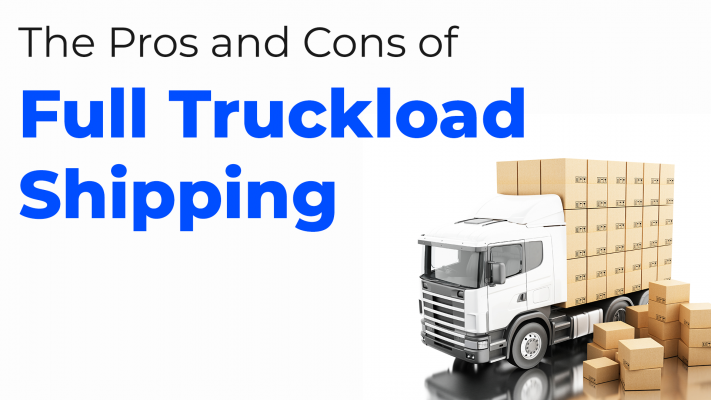
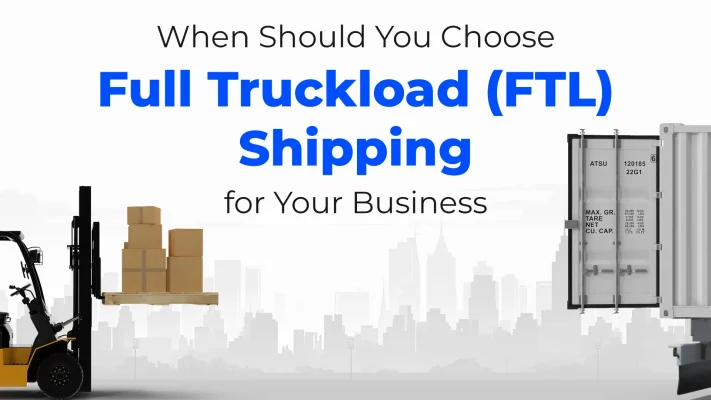


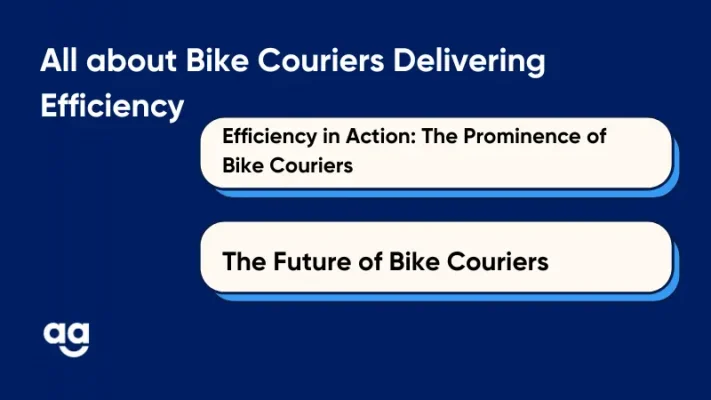

 Shipping
Shipping







